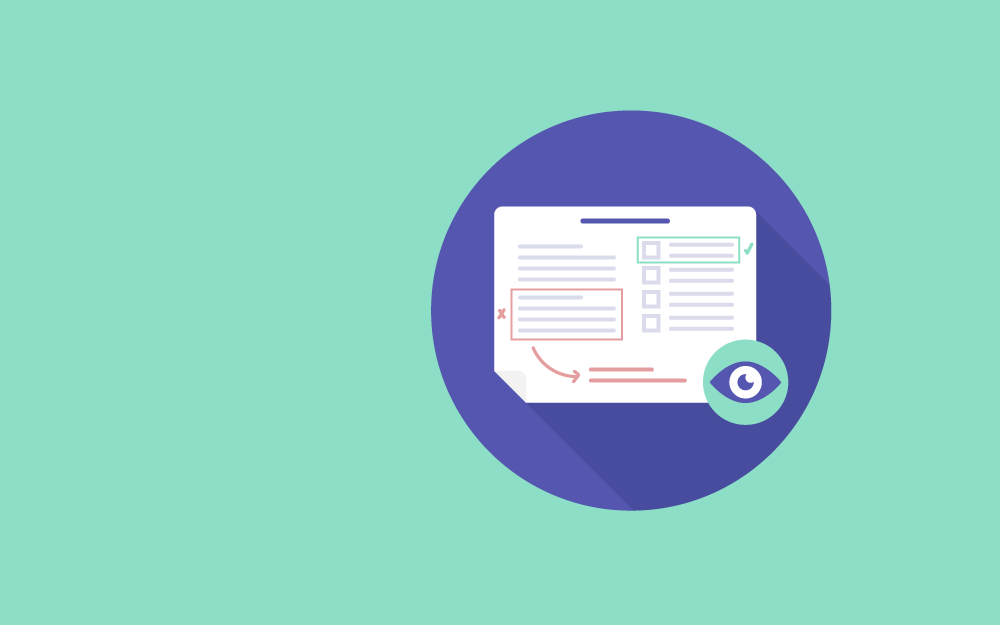

The skilled instrumentation of probability and statistics empowers aspiring data scientists to fine-tune their data mining and processing techniques to draw applicable data from the vast amount of raw data, develop analytic models, and so on. More importantly, understanding probability and statistics is as critical as learning programming because these elements make up the foundation of data science.
To that end, the first order of learning begins with understanding the probability theory, which facilitates the process of systematic predictions. The value of estimates and predictions is linked to data science. These estimates are later utilized for further analysis with the support of statistical methodologies. To put it simply, statistical models rely heavily on the theory of probability, which in turn depends on the data. (Martinez, Memoli, and Mio, 2020)
It is understood that the subject of Math can be nerve-wracking for those who do not like it. When one has no prior information on probability and statistics, one’s likely to feel intimidated. This article brings forward an easy introduction to the topic of probability and statistics for data scientists.
In popular perception, data science is taken as a form of mere programming. Contrary to this popular perception, data scientists engage with statistics for nearly all the tasks they undertake. Therefore, the predictions made by data scientists are derived from the series of probabilities they develop via careful handling of data. This puts the construct of probability at the front and center of all the predictive models available today.
Learning the concepts of probability and statistics for an aspiring data scientist cannot be overstated, for it identifies the “why” that leads to determining the right statistical technique for the problem at hand. On top of that, you can easily convey your analysis when you know why you selected a certain technique over other techniques available.
The paradigm of probability focuses on the possibility of something taking place, or how possible it is that an occurrence will take place. To be precise, probability is the exploratory study of the chances that an incident or event will occur and due measurement of that likelihood. All things being equal, probability lets you efficiently use the knowledge extracted from the data to predict future happenings.
Our day-to-day life is marked by ambiguity and unpredictability; therefore, having relevant information about probability helps us understand various ambiguities and randomness of our existence. When you understand the very basics of the concept of probability, you can make informed decisions, keeping with the likelihood inferred from the data pattern. Data science frequently adopts statistical interpretations to predict or analyze emerging inclinations originating from the data, whereas statistical interpretations make use of probability distributions of data. Thus, it is of utmost importance for up-and-coming youngsters to understand the concept of probability in its entirety to deliver data science solutions.
The idea of conditional probability maps the likelihood of any occurrence based on the fact that something like an event in the same context has already happened. As we have established, data science is a multi-disciplinary field that relies particularly on probability and statistics, business intelligence, and scientific computing. Conditional probability also plays a significant role in some data science techniques, such as Naïve Bayes, that essentially rely on Bayes theorem. This formula allows us to understand updating probabilities of hypotheses with evidence. Data science utilizes this theorem for the development of predictive models for the class response variable probability.
Below are two of the most used types of probability distribution:
Binomial Distribution The binomial distribution encompasses a statistical experiment of repeated trials. In this type of distribution, it is important to note that it takes several trials to arrive at two precise outcomes, which can be classified as success or failure. Conversely, in all the trials, the success probability is signified by P and stays the same.
Normal Distribution
The normal distribution is sometimes called Gaussian distribution. The normal or Gaussian distribution is a type of distribution of probability that is regular in the form of arrangement, that is, it is symmetric. It generally depicts that the data near the significance are more regular in happening than the data away from the mean significance.
The normal distribution has the following aspects:
First off, it is imperative to understand that statistics in itself is a full range analysis of the vast amount of data pools, with an explicit aim to process the said data in either descriptive form or conclusive inference in the light of a representative sample.
In other words, statistics can prove to be an authoritative instrument in the workings of data science. In the broader context, statistics is the precise application of mathematics to reach a technical assessment of data. An introductory presentation of data in the form of a bar chart or pie chart does offer some focused information; nevertheless, the suitable application of operational statistics offers targeted information in a high-density manner. (Olhede and Wolfe, 2018)
The math involved enables us to develop findings of our data processing in a consolidated form, eliminating the likelihood of guesswork out of the equation. With the effective use of statistical tools, you can obtain an in-depth and desired understanding of the infrastructures of data, which prepares the technical environment required to apply more data science techniques to augment the informational base of fine data. (Reid, 2018)
For those just developing an interest in the art of data science, you do not have to have a formal mathematical background to gain basic knowledge via logical calculations on the topic of probability and statistics. But if you do have elementary math training, you will find yourself fascinated by the transformation of theory into application.
So, let’s look into the core concepts of statistics that you, as a scientist, must know to refine your familiarity with the practical side!
Sometimes, it pays to do things in the reverse order! To put it another way, you would do well by understanding how statistics for data science is used as a sure shot way to learn the field of statistics itself. (Ley and Bordas, 2018)
Following are the instances of live analyses you might be required to apply in real-time as a data scientist:
Experimental Design: A corporate entity is launching a new product through its chain of retail stores. In this case, you are tasked to design a kind of test that monitors and controls geographical differences across regions. To achieve this, you are required to conduct estimations via probability for meaningful results in terms of statistics.
Regression Modeling: After conducting the experimental design, the next step for the company is to efficiently predict the demand arc for its new product in its retail stores. In the fiscal framework, overstocking and understocking both can be detrimental to the profit margins. To mitigate that risk, you, as a data scientist, are required to undertake a succession of regressing modeling.
Data Transformation: In a similar vein, the third stage is to manage several machine learning models that you are analyzing at the same time. Many of these come up with particular probability distributions of the data that you put in; thus, as a data scientist, you must be capable of sifting through them based on the pertinence. This specific knowledge enables you to suitably convert the data that you put in or realize when the conventions can be eased to reach a significant result.
As has been well established that a data scientist has to make numerous crucial decisions, aspiring data scientists would do well to shore up their knowledge of principles of probability and statistics. Indeed, these decisions can be small as well as big, depending on the task at hand. You may be called upon to design a model or to develop a broad range of research and development strategies. Moreover, data scientists are taken as experts who are expected to distinguish the believable result from the unbelievable result and have the sound expertise to identify unexplored areas of interest, as these are the fundamental skills required to empower the system of analytical decision making.
A dialogue around Bayesians’ way of thinking and Frequentists’ school of thought is growing in the world of data science. Nonetheless, Bayesian thinking has always proved to be much more pertinent when it comes to learning the subject of statistics in the field of data science. In conclusion, Frequentists’ schools of thought can sometimes be restrictive as they only practice probability in the modeling of sampling procedures. This indicates that such practitioners only allocate probabilities to the already assembled data they intend to describe.
On the contrary, the Bayesians apply principles of probability in the modeling of the sampling procedures as well as in the process of the quantification of the element of uncertainty before actual data mining. When you study Bayesian thinking, you will realize that the measurement of the degree of uncertainty is considered the prior probability before the data collection process, which is later upgraded to the position of posterior probability after data collection. It is extremely important to gain knowledge in Bayesian thinking as it is also fundamental in various models of machine learning.
After understanding the central ideas and Bayesian thinking, the best thing to do is to play around with statistical machine learning models as an unrestrictive and creative way to learn the fine details of statistics for data science. The disciplines of statistics and machine learning are intimately connected, wherein; statistical machine learning is a vital approach to the contemporary machine learning processes.
In the framework of data science, the components of probability and statistics are the two most critical preconditions. Gaining a sound insight into these components will not only equip you with in-demand skills but also assist you in achieving your ambition of becoming an expert in the field of data science. The concepts mentioned above should help clarify some misapprehensions as well as provide precise information for hopeful professionals in the area of data science.
To put it simply, gaining a firm grasp on the fundamental notions, strategies, and tactics used in the principles of probability and statistics significantly aids you in developing a deeper knowledge system of your own. If you are aiming to chase a career in data science, you need to begin familiarizing yourself with the essential elements of data science knowledge.
